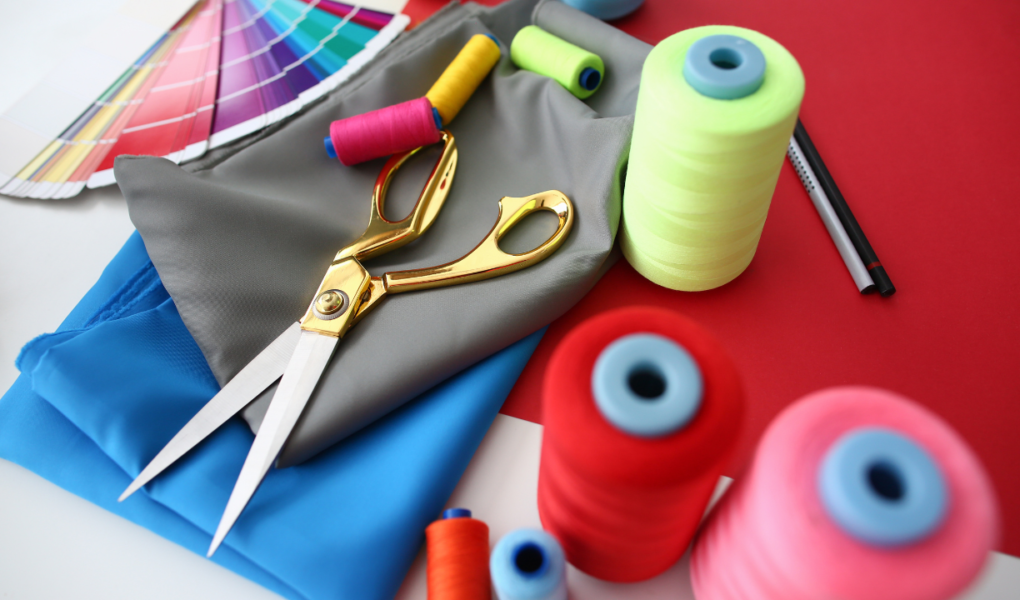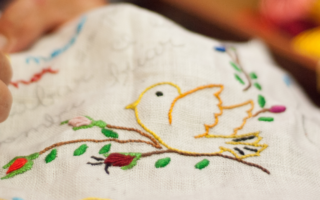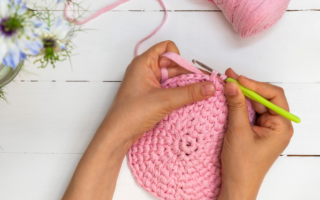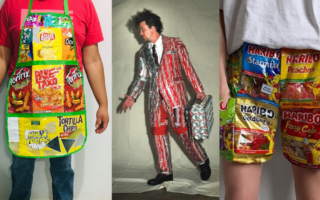Desculpe, por algum motivo a pagina que você procurava não está ativa. Mas, como pedido de desculpas vou deixar algumas apostilas para você.
- Apostila com 200 Riscos para Bordar!
- Costura para Iniciantes: Tudo o Que Você Precisa Saber Para Começar
- 146 Desenhos para Colorir Grátis!
- 108 Gráficos de Crochê Grátis!
O artesanato oferece uma ampla gama de benefícios terapêuticos, promovendo bem-estar emocional, mental e até físico.
Atividades manuais como costura, bordado, crochê e pintura estimulam a concentração, reduzem os níveis de estresse e ansiedade, e proporcionam um senso de realização e autoestima ao transformar ideias em criações tangíveis.
Além disso, o artesanato atua como uma forma de meditação ativa, ajudando na regulação emocional e no alívio de sintomas de depressão.
A prática também fortalece conexões sociais em comunidades criativas, incentivando a troca de experiências e o apoio mútuo.
Assim, o artesanato se revela uma ferramenta poderosa para o equilíbrio emocional e a qualidade de vida.
Leia mais: Qual é a quantidade certa de sal que devemos consumir por dia?




Adorei as apostilas gratuitas de artesanato! Elas são uma ótima fonte de inspiração e aprendizado. Mal posso esperar para colocar as ideias em prática e criar meus próprios projetos. Obrigada por compartilhar!